
Pair of stone dragons at Thuong Temple - Co Loa (Hanoi). Photo: Thang Long Imperial Citadel
The stone steps are placed in front of the outer gate of Co Loa Temple, also known as Thuong Temple, the temple of King An Duong Vuong, "Chinh Phap Dien", located on high ground, in the southwest corner of the Inner Citadel.
The pair of dragons are carved on a single block of stone. The two sides of the steps have relatively similar structures and decorative patterns. The main theme is the image of a dragon carved in a moving position from top to bottom along the length of the steps. The dragon's head is raised high, the forehead is prominent, forming a hump, the cheeks are sunken, the nose is like a lion's, the eyes are round, the ears are animal-like, the horns have long branches, reaching the first part of the body; the mouth is wide, holding a pearl, the tongue is short, the fangs are sharp, the border around the lower jaw of the dragon is decorated with small twisted cloud patterns, the mustache and beard are curved, extending from the eyes to the body, wavy and flying towards the back of the neck.
With the combination of round statues and reliefs, dragon symbols and cloud patterns, it has created a lively, flexible, but also powerful space filled with floating clouds.
The Co Loa temple ramparts dating back to 1732 are the only ramparts in the country associated with a famous relic, worshiping King An Duong Vuong - the king who founded the Au Lac state, in the 3rd century BC. It is a rampart that is part of the architectural composition of the King's temple, located in the Co Loa special national relic site. The size, structure and decorative patterns of the ramparts are not repeated in any relic in Vietnam with the same function and age.
The unique form of the pair of stone dragons forming the steps of the Upper Temple (Co Loa) is shown in the very special carvings, bearing the typical features of the sculpture art of the Le Trung Hung period in the early 18th century. Unlike the pair of dragons forming the steps behind Kinh Thien Palace or the dragon steps in Lam Kinh which have the typical appearance of palace steps, symbolizing royal power, the pair of stone dragons forming the steps of the Upper Temple (Co Loa) has its own unique features, creating the specialness, that is, because the Upper Temple is a National Temple, there is a combination of the symbol of royal power (5-clawed dragon) and the 4-clawed dragon. It is also a symbol of the concept of "left male, right female", symbolizing yin and yang; there is an emergence and development, which is a concept with philosophical significance, originating from the time of the founding of the Vietnamese people.
The images of the "eight treasures" displayed on the western dragon pedestal, a combination of Taoism and Buddhism, have created spiritual and philosophical harmony, reflecting the artistic thought of the times, associated with the desire for a happy and fulfilling life, sending the wishes of the ancients to the gods. It is from these decorative motifs that create the difference of the Thuong Temple's steps compared to the known steps in religious and spiritual relics in Vietnam.
The special feature of the pair of stone dragons at Thuong Temple (Co Loa) is the combination with three stone incense sticks in front ("Thien Thach Tru" - three pillars that transfer the biological source of heaven to the ground). According to spiritual and philosophical concepts, the outdoor stone incense stick is the connection between heaven and earth or the underworld - the yang world - the heavenly pillar between heaven and earth, higher, it is the extremely humane meaning, praying for favorable weather, praying for good things to come to human life. Therefore, the pair of stone dragons at Thuong Temple is a symbol of the energy of heaven and earth, an image representing the king and the power of the king - of the main god - King An Duong Vuong, a sacred object that brings vitality to a sacred place like the temple worshiping the King.
Source








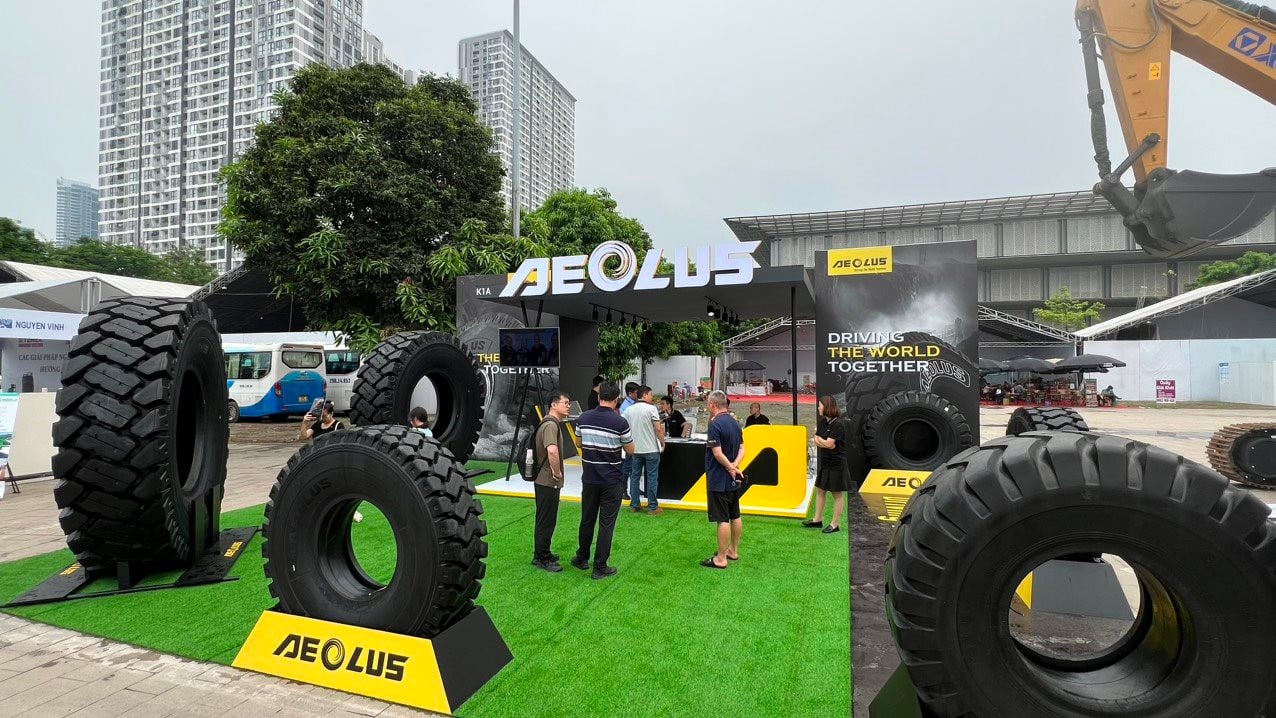
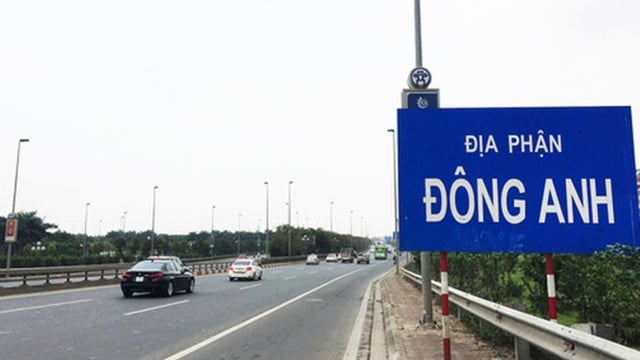

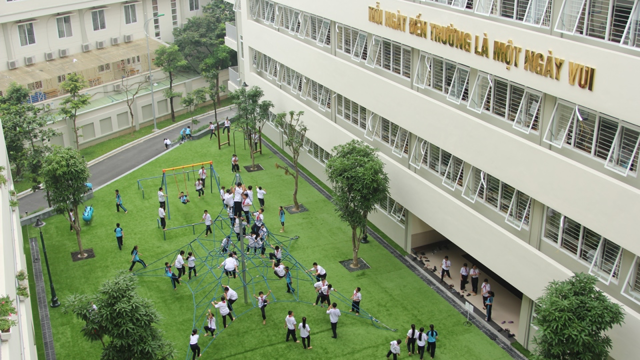
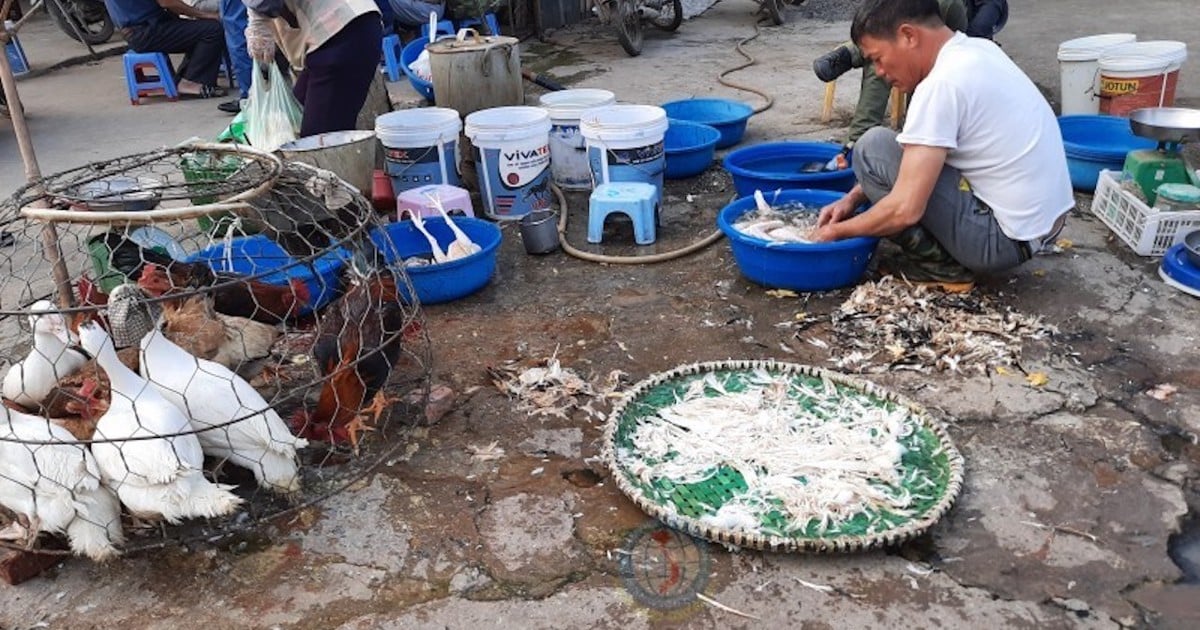
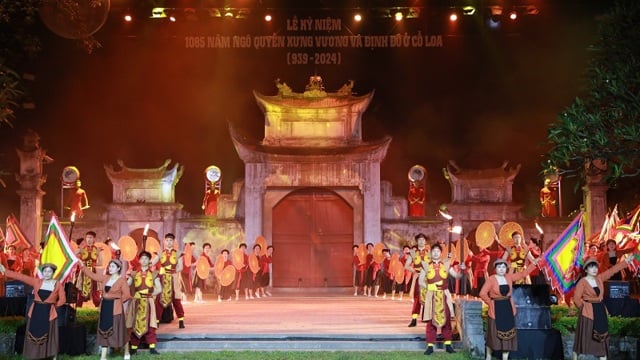
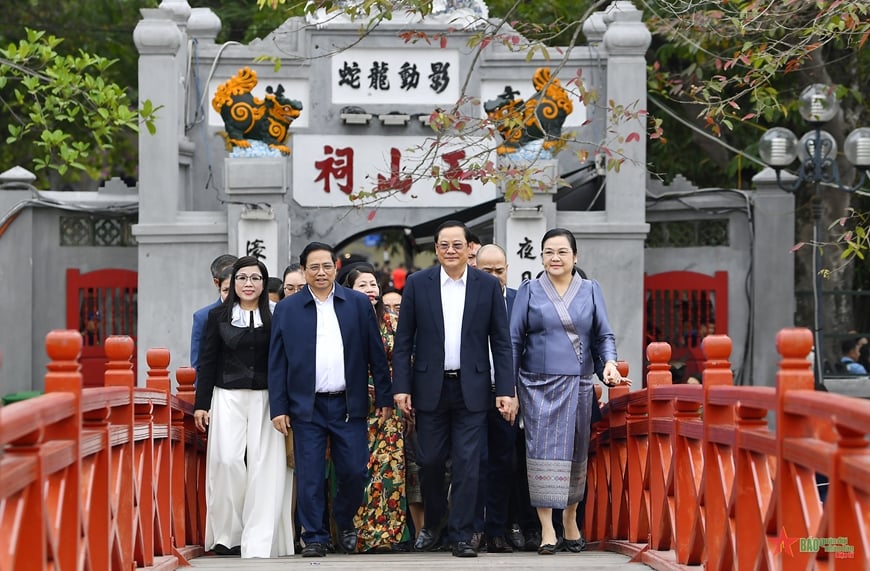








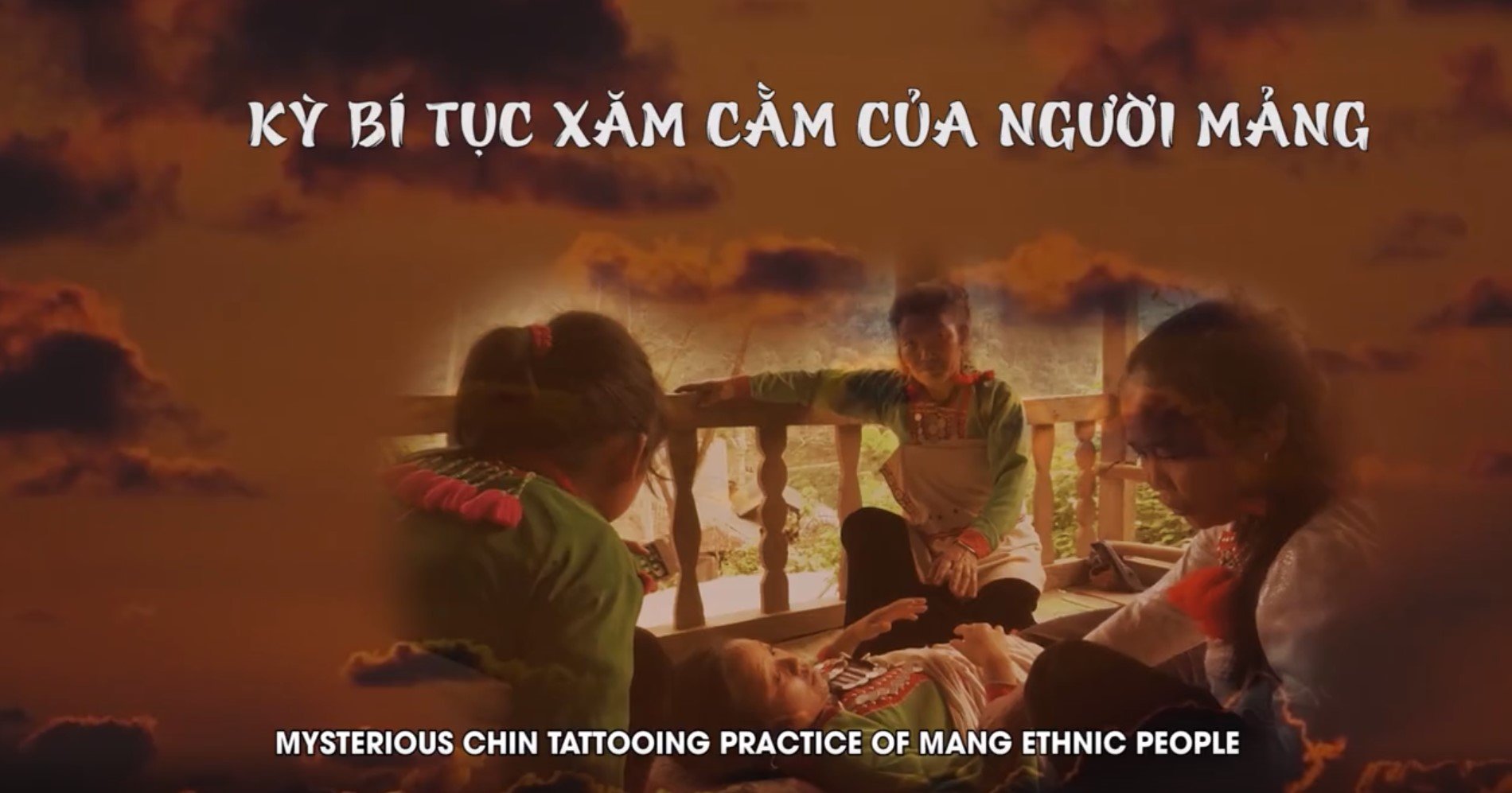
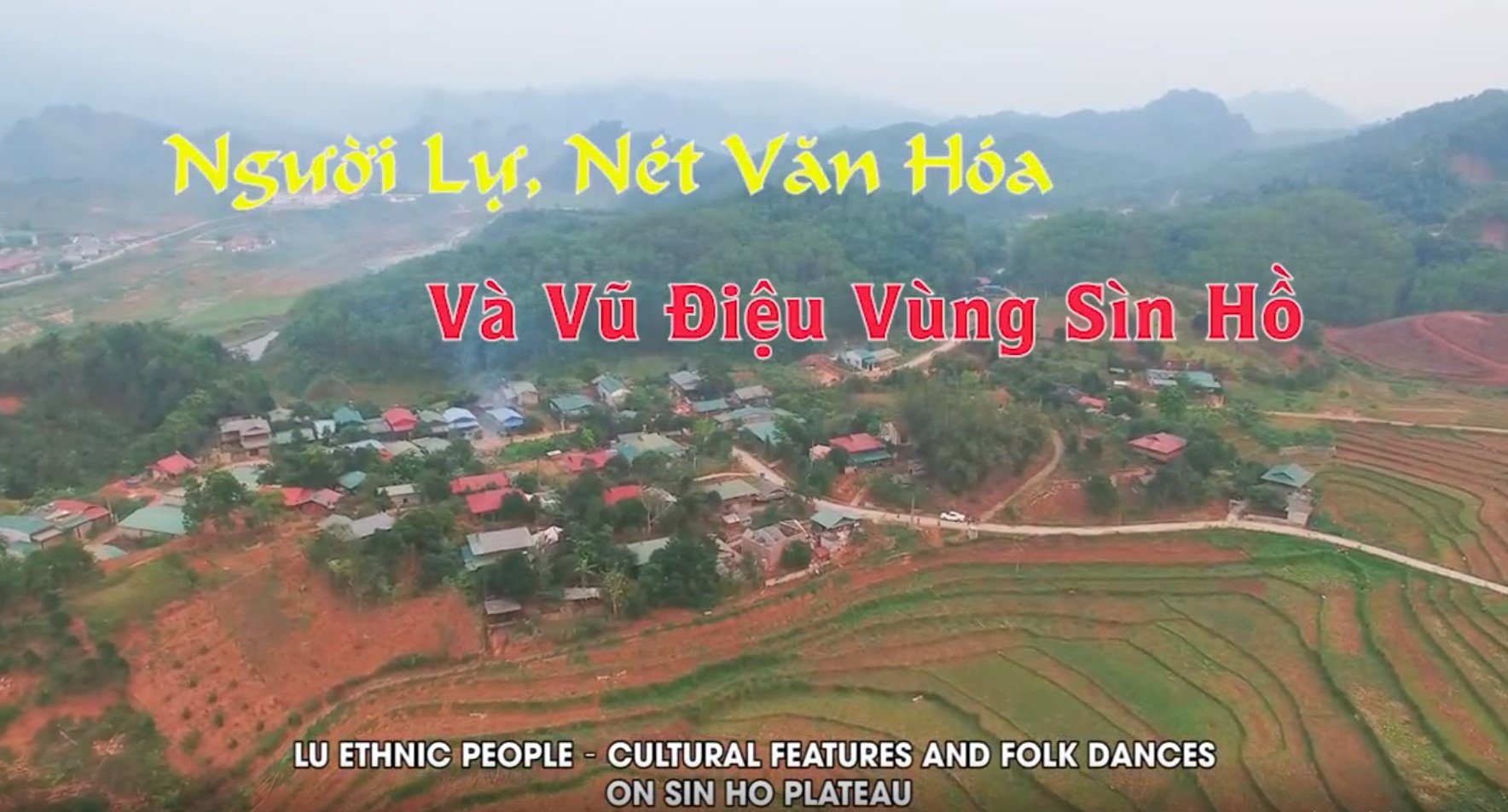

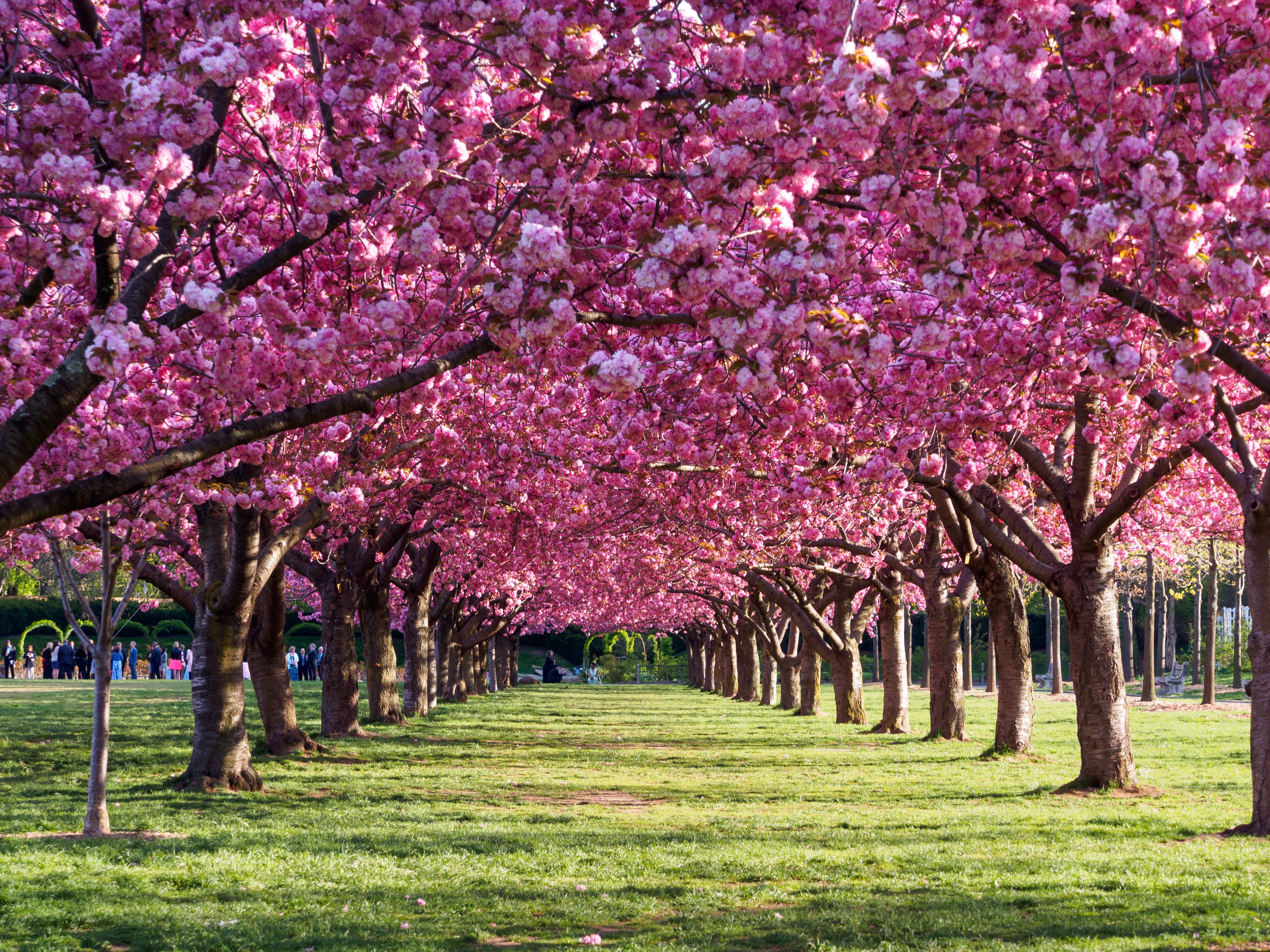
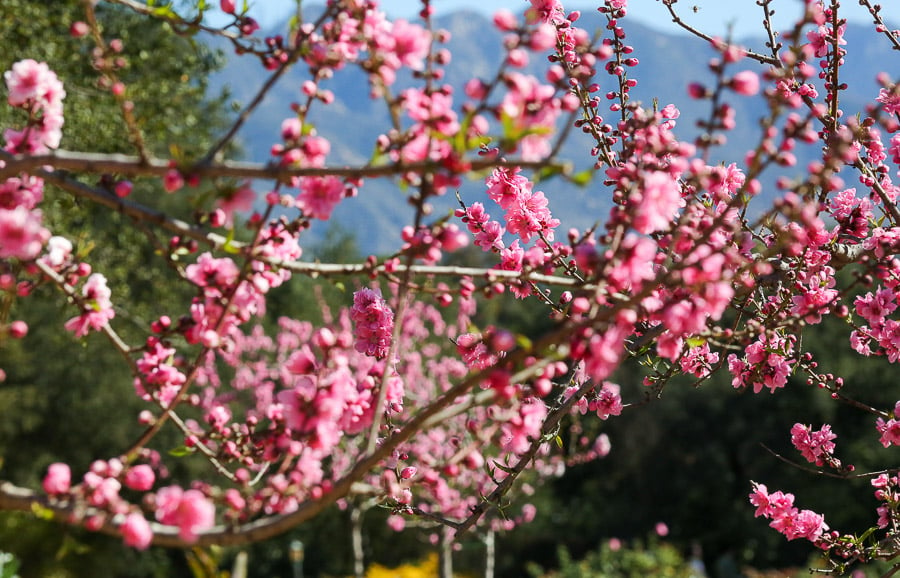








![[Photo] Prime Minister Pham Minh Chinh chairs Government Conference with localities on economic growth](https://vstatic.vietnam.vn/vietnam/resource/IMAGE/2025/2/21/f34583484f2643a2a2b72168a0d64baa)














































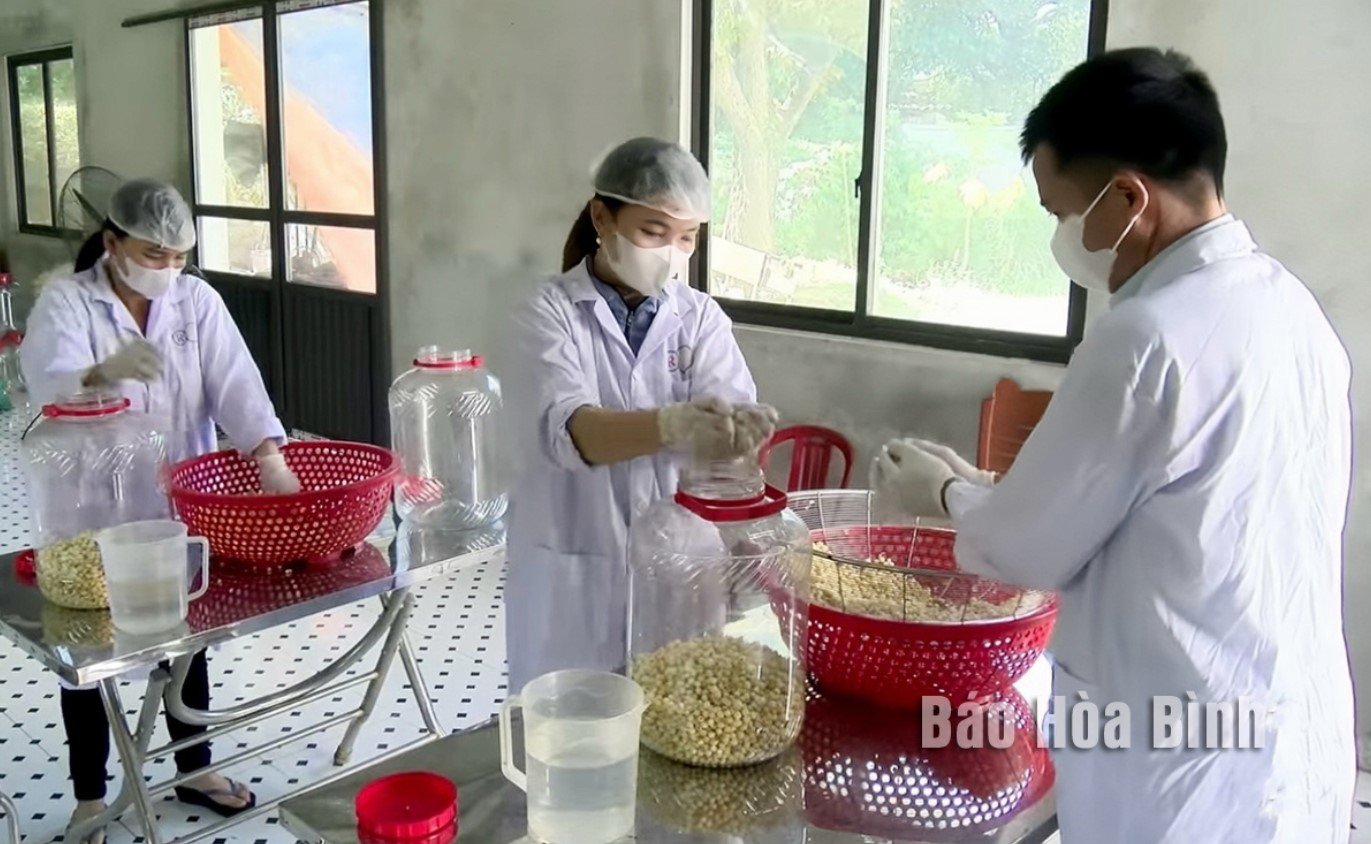






Comment (0)